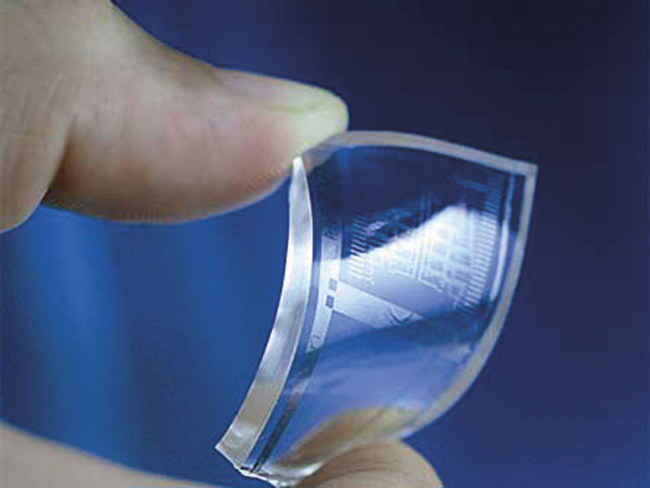Samsung’s graphene-breakthrough could lead to flexible, lighter devices

Samsung is working on new innovations in Graphene-synthesis which could pave way to new era of electronic devices.
Samsung has announced a new breakthrough in the manufacture of graphene that could lead to some new categories of devices including mobiles, wearable technology and flexible displays.
Samsung Advanced Institute of Technology (SAIT) in collaboration with Sungkyunkwan University have developed a synthesis method to produce graphene that can be used in electronic semi-conductors and other applications. Graphene is one of the strongest and most durable materials on the planet. It is about 200 times stronger than steel, 6 times lighter and 20 times stronger than diamond. Graphene is made of densely packed carbon atoms in a hexagonal lattice.
Samsung has developed a new method to create high-quality graphene on silicon wafers, which could pave the way for the mass production of graphene transistors. Samsung stated in a blog post that this could lead to “flexible displays, wearable’s and other next-generation electronic devices.”
“This is one of the most significant breakthroughs in graphene research in history,” said the laboratory leaders at SAIT’s Lab. “We expect this discovery to accelerate the commercialization of graphene, which could unlock the next era of consumer electronic technology.”
Samsung is not the only company looking into developing graphene. Researchers at IBM, Nokia and SanDisk have been experimenting with the material to create sensors, transistors and memory storage. Engineers at IBM Research have built the world’s most advanced graphene-based chip, that offers 10,000 times improved performance over previous graphene ICs. The new method is also compatible with standard silicon CMOS processes and paves the way to make the first commercial graphene computer chip possible.
|
|
Apart from electronics, other industries are also working on the ‘Miracle material’. Last year, The Bill and Melinda Gates Foundation gave a $100,000 grant to fund the development of graphene prophylactics. Car manufacturers are also exploring how to build electronic cars with graphene bodies that would also work as solar panels which charge the car’s battery. Similarly, aircraft makers are also hoping to build planes out of graphene.
Source: Samsung

